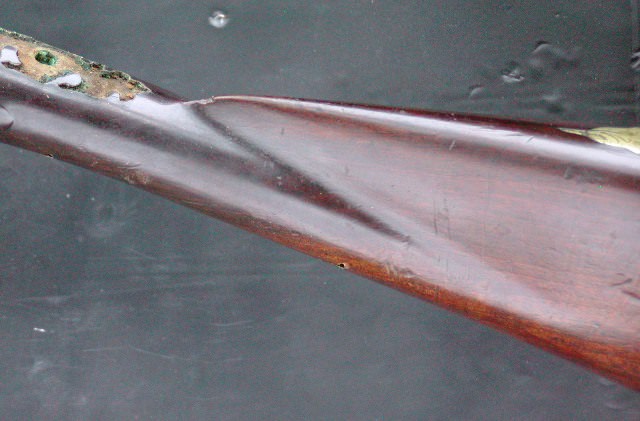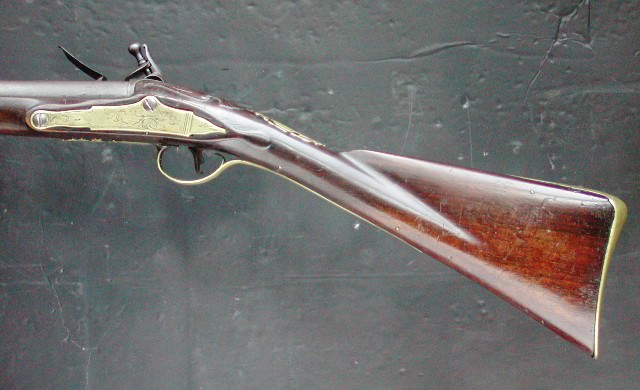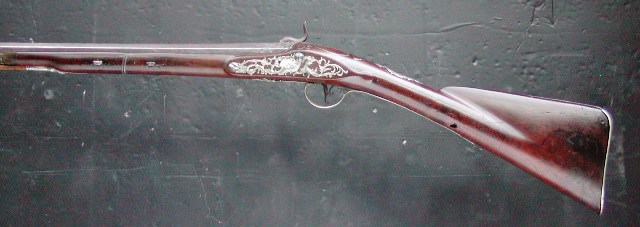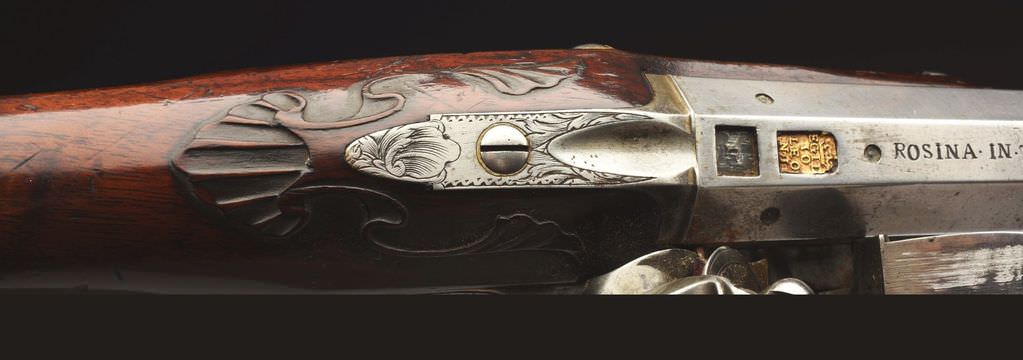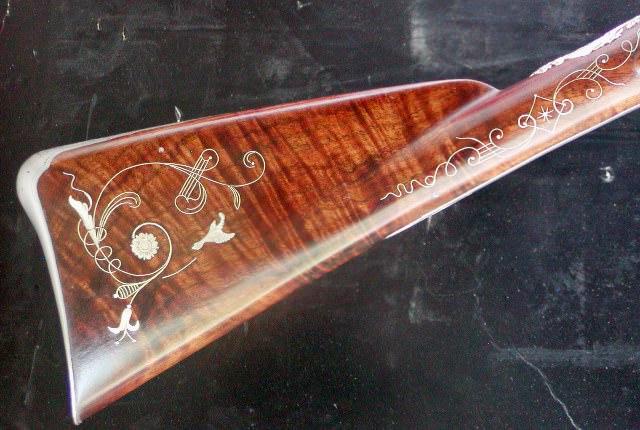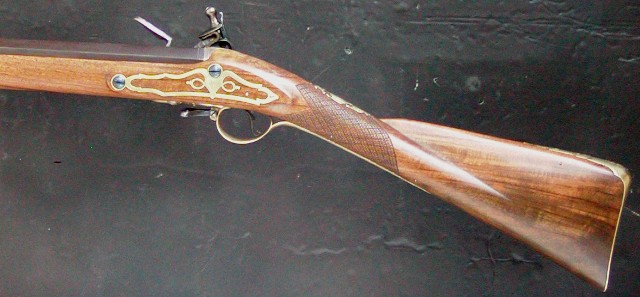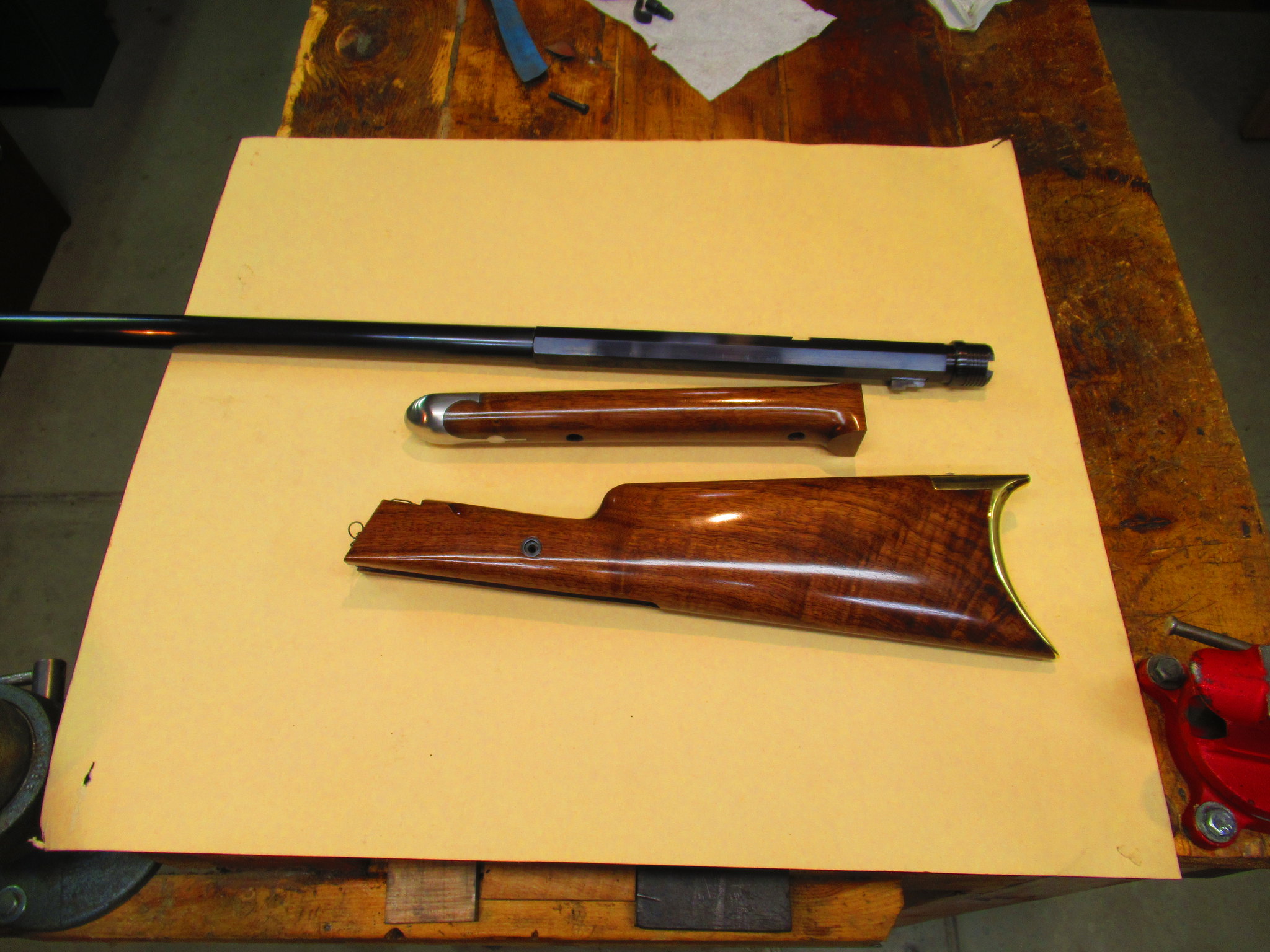longcruise
70 Cal.
I'm wondering what would have been the finish used by the English builders of the mid 18th century up to as late as 1770? Given the guild structure, was there a finish that was considered " appropriate"?
I'm going to do a build of that period and want to do a correct, or as near correct, as possible finish.
I'm going to do a build of that period and want to do a correct, or as near correct, as possible finish.
Last edited:




